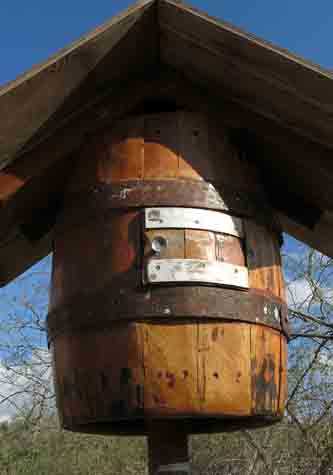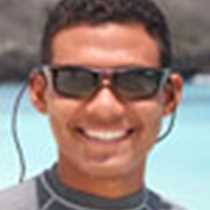It is the third day of our voyage and we continue moving around the archipelago looking for more exciting experiences. The island today was Floreana, chosen to be the first island colonized by the Ecuadorian government when they took possession.
The first place we visited was Punta Cormorant. This place has a variety of ecosystems including organic and inorganic beaches, a brackish water lagoon where we found some greater flamingos at a distance. The trail is quite a change after having visited islands dried out by the drought this year. There is green everywhere you look and the scent the incense trees offered along the trail is just fantastic. At the end of the hike there is a nesting site for the pacific green sea turtles which come to deposit their precious leathery eggs. Our guests learned a little bit more about the process the turtle follows before they nest and after they finish. And after this early morning walk we headed back to the ship for a well-deserved breakfast.
Soon the National Geographic Islander moved to the second destination, Champion Islet. This place is more than unique as it is one of only two islets next to Floreana where the mockingbird survives after having been threatened by feral cats. So, we deployed the Zodiacs to discover the islet, in search of this particular species and more tropic birds, sea lions and boobies. After the cruises we snorkeled in the same place in search of marine species. So far it was the best snorkeling outing we had. The place was full of tropical fish, white tipped sharks, schools of rays and the ever playful baby sea lions.
During the afternoon more activities filled the schedule. First a short walk to the Post Office Bay, which is a very old mailing system where you leave postcards in the box so other people visiting the Galapagos will eventually deliver it to the address written on it.
And finally two last options, kayaking and Zodiac rides. Both activities were along the shore with more sea lion colonies, boobies and an unexpected Galapagos penguin!
That was Floreana: history and wildlife.







